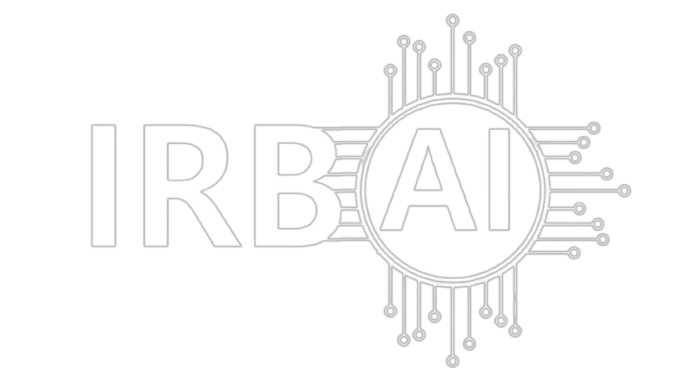Certificate Code: RM-DEF19-C
Category Tags: Tactical Autonomy, Military Logistics, Unmanned Ground Vehicles (UGVs)
Associated License: RM-DEF-L – AI Deployment License for Military & Dual-Use Applications
Enforcement Level: High – Logistics Chain Integrity, Multi-Vehicle Coordination, Field Resilience
Overview
This certification governs AI systems responsible for operating autonomous military convoys consisting of unmanned ground vehicles (UGVs). These systems support tactical resupply, troop support, and logistical mobility across hostile or unpredictable terrain. Certified AI must demonstrate convoy coherence, adaptive rerouting, threat awareness, and real-time human override capability.
Certified systems may be deployed for:
- Multi-vehicle autonomous supply chains across contested zones
- Route planning and real-time detour management
- Escort coordination with manned and unmanned protective elements
- Damage avoidance, payload prioritization, and fleet health monitoring
- Integration with ISR platforms, terrain data, and threat maps
Key Focus Areas
- Path redundancy, convoy spacing, and fallback protocols
- Dynamic obstacle detection and convoy-wide rerouting logic
- Inter-vehicle coordination (positioning, velocity, communications)
- Tamper-resistance, IFF (Identification Friend or Foe), and payload safeguarding
- AI fallback to teleoperation or immobilization in event of threat anomaly
Standards Addressed
Documentation of:
- Convoy AI stack components: fleet manager, navigator, obstacle-avoider, resupply scheduler
- Comms protocols for convoy cohesion in signal-denied or jammed areas
- Threat identification thresholds and diversion response
- AI auditability for mission duration, cargo safety, and interaction with personnel
Compliance with:
- IRBAI Military Logistics Autonomy Guidelines (MLAG)
- STANAG 4673 – Ground vehicle interoperability for NATO forces
- MIL-STD-3010 – Mobility operations in complex terrain
- ISO 26262 (modified) – Functional safety for convoy-critical control systems
- National road, off-road, or tactical zone operating regulations
Prohibited Practices
- Operating convoys with lethal payloads under full autonomy without human-in-the-loop
- Allowing civilian proximity or route overlap without ID safeguards and emergency halts
- Sharing AI route logic or fleet behavior with non-coalition systems
- Dynamic replanning based solely on data not validated by sensors or human observers
- Continuing mission after enemy engagement without route integrity confirmation
Certification Benefits
- Required for any AI-enabled autonomous ground convoy platform
- Ensures operational predictability, resilience, and lawful engagement avoidance
- Recognized by military logistics chains, allied ground forces, and robotics safety councils
- Enables secure unmanned logistics in high-risk or rapid-response battlefield scenarios
Certification Duration
Valid for 12 months, with reevaluation required upon:
- Use in active conflict theaters or cross-border logistics
- Addition of hazardous payloads or new vehicle platforms
- Expansion to convoy sizes exceeding ten units
- Incident involving loss of control, tampering, or delivery failure under hostile conditions
